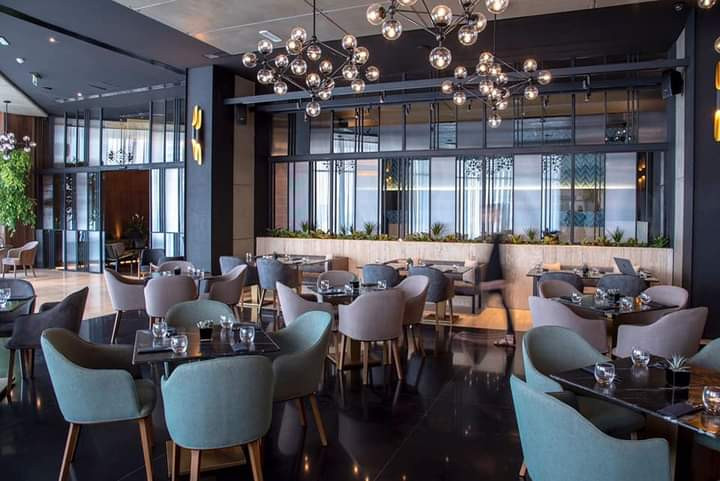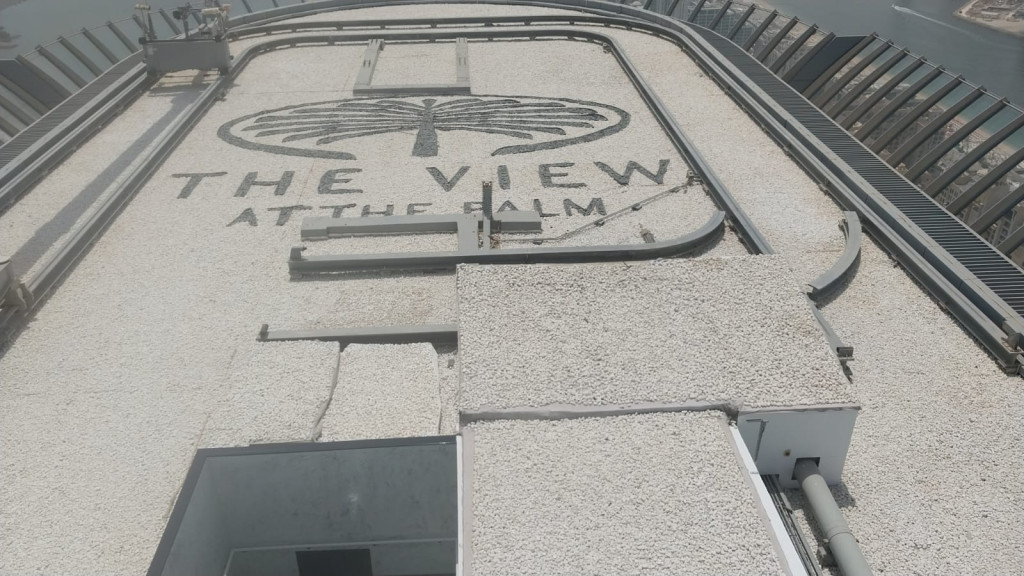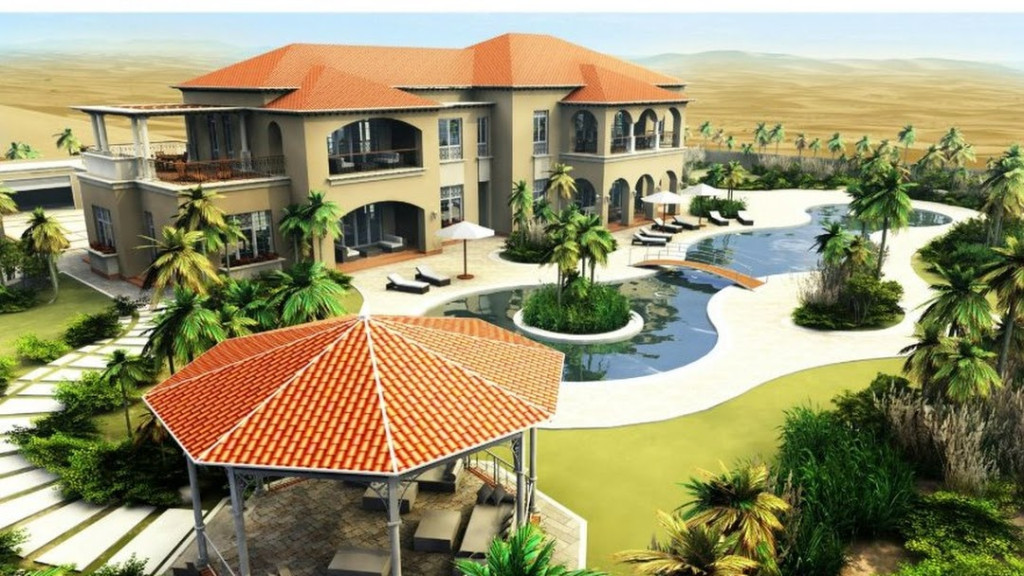Interior Design
Interior design involves the planning, coordination, and execution of aesthetic and functional design elements within a space. Interior designers work to enhance the interior of buildings and create environments that are both visually appealing and practical. Here are some aspects of interior design:
-
Space Planning:
- Determining the layout of interior spaces to optimize functionality and flow.
- Arranging furniture, fixtures, and equipment to make the best use of available space.
-
Color and Lighting Design:
- Selecting color schemes that complement the overall design and evoke desired emotions.
- Planning and implementing effective lighting solutions to enhance the ambiance.
-
Furniture and Fixture Selection:
- Choosing appropriate furniture, fixtures, and decorative elements that align with the design concept.
- Considering the comfort, style, and scale of furniture within the space.
-
Material Selection:
- Selecting materials for flooring, walls, ceilings, and other surfaces.
- Balancing aesthetics with practical considerations such as durability and maintenance.
-
Textile and Upholstery Design:
- Selecting and coordinating textiles, fabrics, and upholstery for furnishings.
- Incorporating soft furnishings like curtains, rugs, and pillows to add texture and warmth.
-
Environmental Psychology:
- Understanding how design choices can impact the well-being and behavior of occupants.
- Creating spaces that promote comfort, productivity, and a positive atmosphere.
-
Building Codes and Regulations:
- Ensuring compliance with local building codes and regulations.
- Addressing safety and accessibility concerns in the design.
-
Client Communication:
- Collaborating with clients to understand their preferences, needs, and budget constraints.
- Presenting design concepts and receiving feedback throughout the process.
-
Project Management:
- Coordinating with architects, contractors, and other professionals involved in the construction or renovation process.
- Managing timelines, budgets, and resources effectively.
-
Sustainable Design:
- Integrating eco-friendly and sustainable design principles.
- Choosing materials and systems that minimize environmental impact.
-
Digital Tools and Technology:
- Utilizing computer-aided design (CAD) software for creating detailed plans and visualizations.
- Staying updated on the latest design trends and technologies.
Interior designers may work on a variety of projects, including residential spaces, commercial offices, hospitality establishments, healthcare facilities, and more. The goal is to create aesthetically pleasing, functional, and comfortable environments that meet the needs and preferences of the occupants.
2024-01-26


